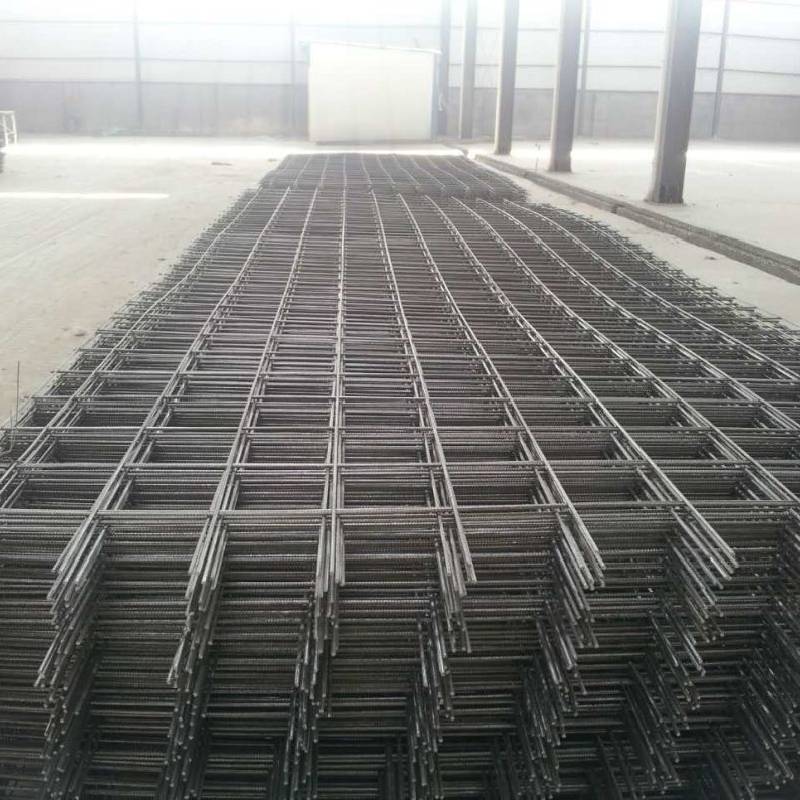
- Mobile Phone
- +8613931874955
- sales@cntcmetal.com
Masonry Veneer Anchors for Enhanced Structural Support and Stability
Understanding Masonry Veneer Anchors Importance and Installation
Masonry veneer anchors play a crucial role in the construction and architectural integrity of buildings that utilize a veneer system. As aesthetic elements that enhance a structure’s appearance while serving essential functional purposes, these anchors provide stability and support, ensuring that the masonry cladding remains securely attached to the underlying framework.
What Are Masonry Veneer Anchors?
Masonry veneer anchors are devices used to attach masonry veneer, such as brick, stone, or tile, to the framing of a building. These anchors are designed to allow the veneer to move slightly with thermal expansion and contraction while preventing it from separating from the supporting structure. They are vital for both the aesthetic appeal and the structural safety of the buildings, making them a key consideration in building design and construction.
Types of Masonry Veneer Anchors
There are several types of masonry veneer anchors, each tailored for specific applications and materials. Some common types include
1. Ties These are the most common anchoring devices, usually made from stainless steel or galvanized steel, designed to connect the veneer to the wall studs or sheathing. 2. Wall Brackets Used in thicker veneers, these brackets can provide additional support and can be adjusted to maintain precise alignment.
Choosing the right type of anchor depends on various factors, including the weight of the veneer, the materials used, and the local building codes.
masonry veneer anchor

Importance of Proper Installation
The installation of masonry veneer anchors is critical for the long-term durability and safety of the structure. Properly installed anchors help mitigate issues such as cracking, bowing, or detachment of the veneer. Here are some key points regarding proper installation
1. Weight Consideration The weight of the veneer should be accurately calculated to select the appropriate type and number of anchors. This ensures that the anchors can bear the load without compromising structural integrity.
2. Spacing and Alignment Anchors must be spaced correctly, generally following manufacturer specifications and local building codes. Improper spacing can lead to uneven stress distribution, increasing the risk of failure.
3. Material Compatibility The materials used for anchoring should be compatible with both the veneer and the supporting structure. For example, using stainless steel in coastal areas can reduce the risk of corrosion due to salty air.
4. Sealant Application It is important to apply sealants around the anchors to prevent water infiltration, which can lead to mold and decay of the underlying structures.
Conclusion
Masonry veneer anchors are essential components of modern construction, providing both aesthetic value and structural stability. Their correct selection and installation are vital to the longevity and safety of masonry-clad buildings. Builders and architects must pay careful attention to the type of anchoring system employed, ensuring that it meets the project requirements and adheres to local codes and regulations.
Incorporating high-quality materials and following best practices for installation can greatly enhance the resilience of masonry veneer against environmental factors such as wind, moisture, and thermal fluctuations. As the construction industry continues to evolve, staying informed about the latest advancements and techniques in masonry anchor technology will benefit all stakeholders involved in building design and construction. Ultimately, well-installed masonry veneer anchors contribute to the safety, durability, and beauty of a structure, underscoring their importance in the architectural landscape.
share:
-
Why Sacrificial Formwork Is Redefining Underground ConstructionNewsJun.06,2025
-
The Structural Dynamics of Modern Concrete: How Snake Spacers Revolutionize Flexible ReinforcementNewsJun.06,2025
-
Snake Spacers Smart-Lock Concrete Reinforcement with Surgical PrecisionNewsJun.06,2025
-
Snake Spacers: Reinforcement Precision for Modern Concrete ProjectsNewsJun.06,2025
-
Snake Spacers Powering Concrete's Structural DNANewsJun.06,2025
-
Slither into Success: Snake Spacers' Precision Bite for Unbreakable ReinforcementNewsJun.06,2025
-
Sacrificial Formwork: Building Stronger, Faster, and Safer StructuresNewsJun.06,2025



















